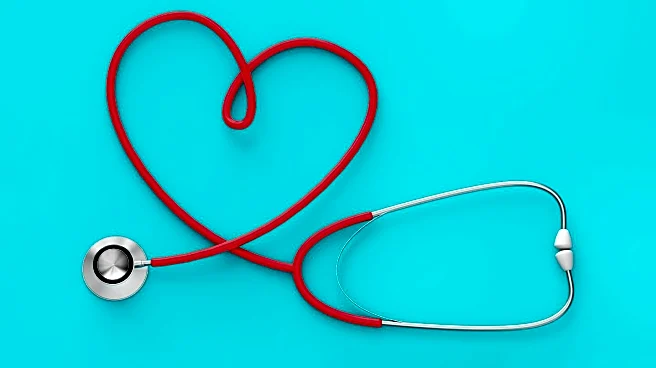What's Happening?
Dr. Kunal Sood, MD, has emphasized the importance of recognizing early health warnings that manifest in the legs and feet. According to Dr. Sood, these body parts can provide critical clues about underlying
health issues such as heart, kidney, or circulatory problems. Common symptoms include bulging veins, swelling in ankles, cold and pale feet, and sores that do not heal. These signs are often overlooked or dismissed as normal aging or fatigue. Dr. Sood's insights suggest that paying attention to these symptoms can significantly impact long-term health outcomes.
Why It's Important?
The significance of Dr. Sood's observations lies in the potential for early detection and prevention of serious health conditions. Recognizing symptoms like varicose veins or persistent swelling can lead to early intervention, potentially preventing more severe complications such as deep vein thrombosis or peripheral arterial disease. This awareness can empower individuals to seek timely medical advice, thereby reducing the risk of life-threatening conditions. The broader impact includes improved public health outcomes and reduced healthcare costs associated with advanced disease management.
What's Next?
Individuals experiencing these symptoms are encouraged to consult healthcare professionals for evaluation and management. Medical practitioners may see an increase in consultations as awareness of these early warning signs grows. This could lead to more proactive healthcare strategies, focusing on prevention and early intervention. Additionally, public health campaigns might emerge to educate the population on recognizing and responding to these symptoms.
Beyond the Headlines
This development highlights the need for increased public education on the subtle signs of serious health issues. It also underscores the importance of regular health check-ups and the role of healthcare professionals in educating patients about the significance of seemingly minor symptoms. Long-term, this could lead to a cultural shift towards more preventive healthcare practices.











